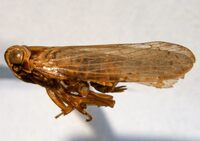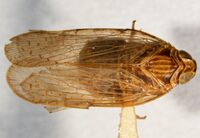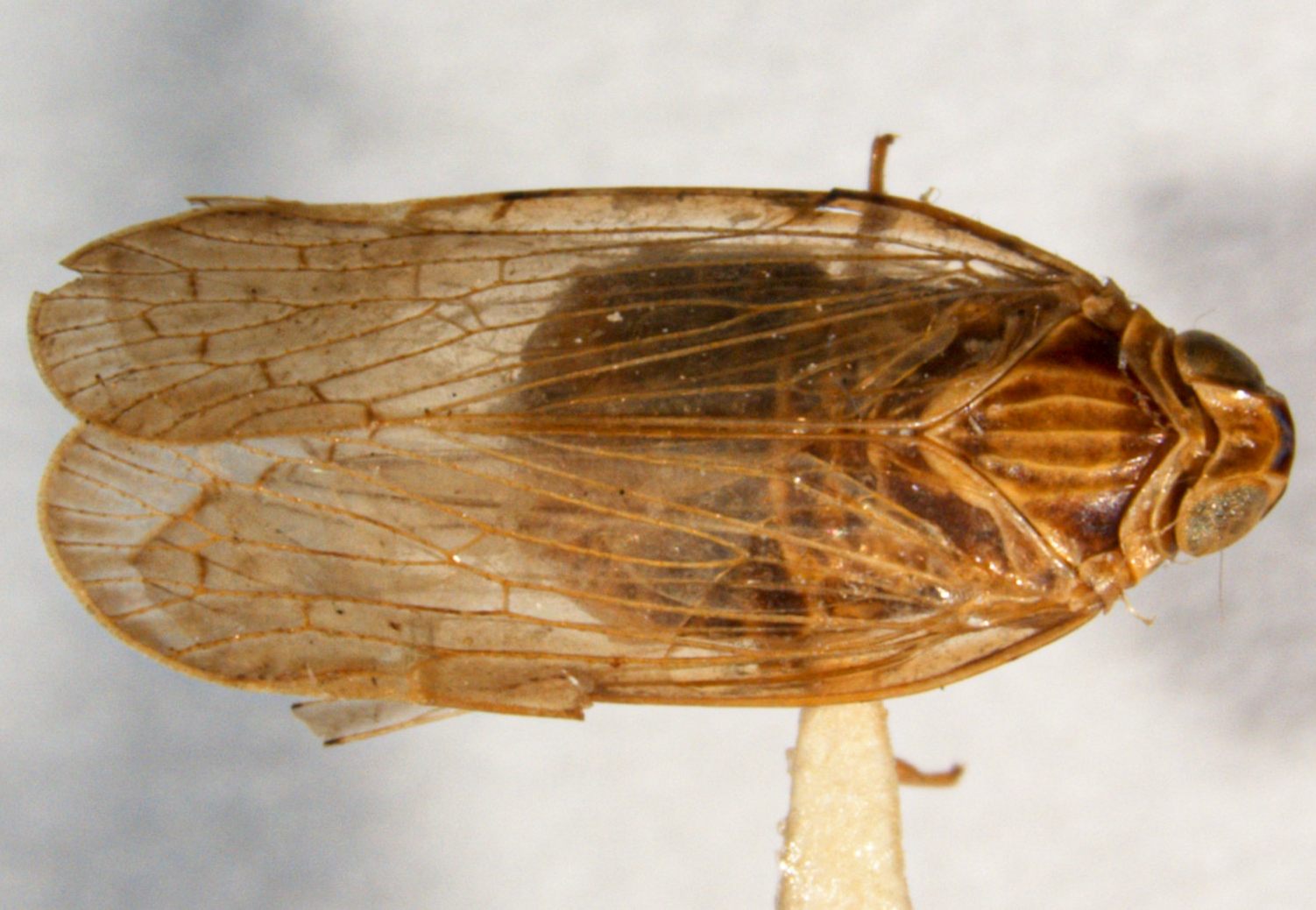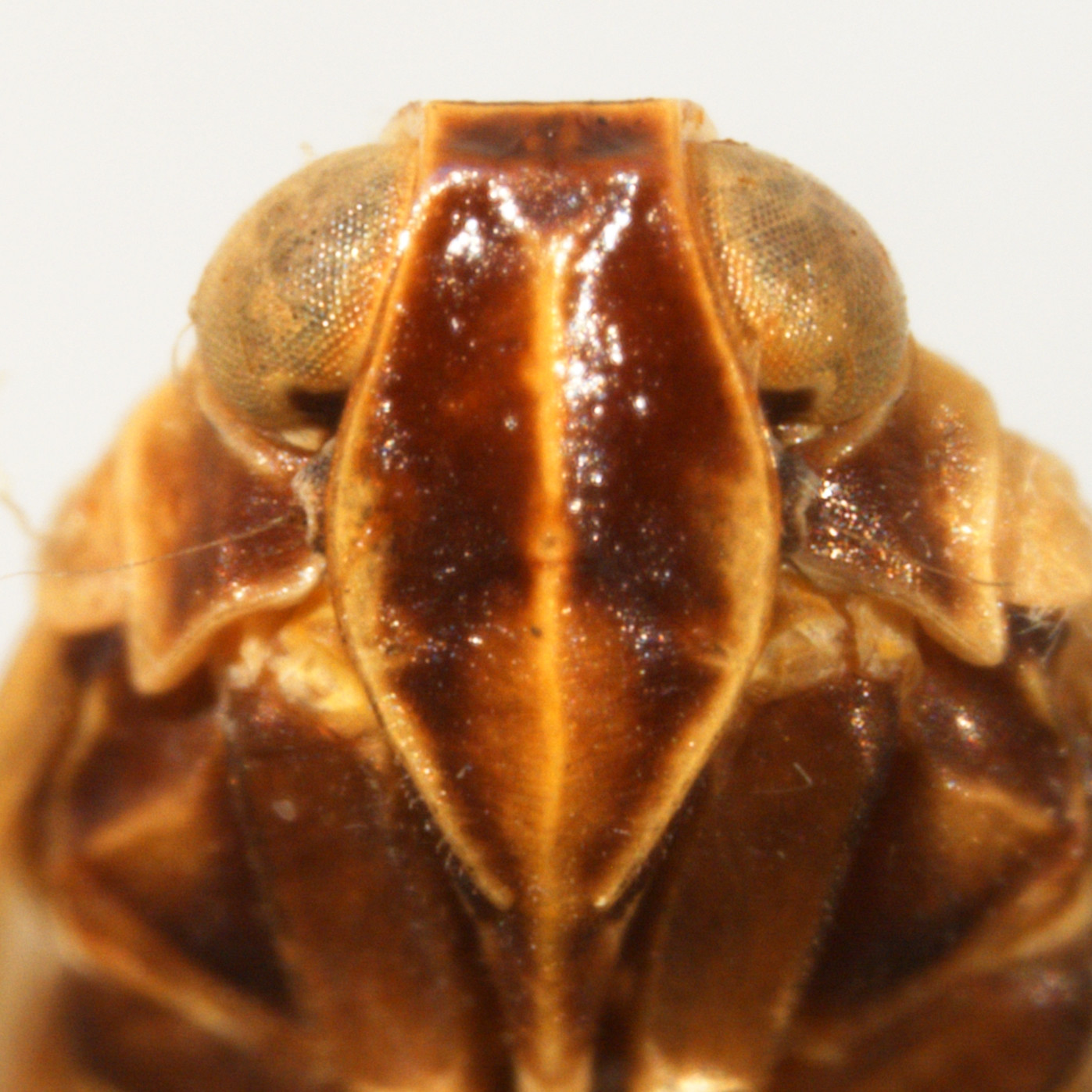|
|
|
|
Species Photo Gallery for Pentastiridius habeckorum No Common Name 3 |
 | Photo by: unknown
Out Of State Co.
Comment: images from Charles Bartlett, collector unknown, actual date: July 24, 1939 |  | Photo by: unknown
Out Of State Co.
Comment: images from Charles Bartlett, collector unknown, actual date: July 24, 1939 |
 | Photo by: unknown
Out Of State Co.
Comment: images from Charles Bartlettrncollector unknownrnactual date: July 24, 1939 |

 »
»



 »
»

